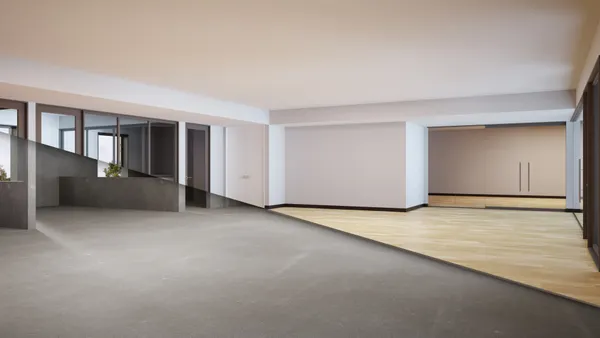Dive Brief:
- The National League of Cities (NLC) has released a report, "Local Tools to Address Housing Affordability: A State-by-State Analysis," examining the intersection of state policies and local housing markets. It suggests cities' ability to improve housing conditions varies greatly across the country, and it depends on both state and local regulations.
- The report looks at five policy areas in all 50 states and the District of Columbia: inclusionary housing, rent control, housing vouchers, housing trust funds and state tax incentive programs. It says DC and cities in California and New York have more tools than other cities do to address housing affordability, while cities in Idaho, Indiana, Kansas, Texas and Virginia have fewer.
- The report indicates cities and states need stronger partnerships with each other to solve the housing crisis.
Dive Insight:
The report begins by noting that nearly all communities in the United States struggle with housing affordability regardless of size, prosperity and rate of growth. It also points out that affordability is only one of the several housing issues cities face right now — inadequate supply and homelessness also top the list.
Although housing issues are widespread, solutions often come at the city level based on local needs. However, in certain areas — especially affordable housing — state policies are needed for everyone to progress, the report says. Some states preempt or limit cities' ability to make decisions or enact policies related to housing. These policies might come from a good place, such as preventing cities from dealing with widespread public backlash on affordable housing measures, but they leave some cities without a lot of tools to fix housing issues in their own community.
City and state governments sometimes operate in silos instead of symbiotically. At an event in Washington, DC last year, leaders discussed the topic and one suggested "cooperation between cities and their states is at an all-time low," and cities are "almost at war with their statehouse." That undercurrent comes through in the NLC report examining how the two entities coexist in the housing space.
The report allows cities and states to see how their own policies and interactions compare to others'. It could serve as a strong tool to drive greater cooperation and spur changes that positively impact cities' housing situations.












